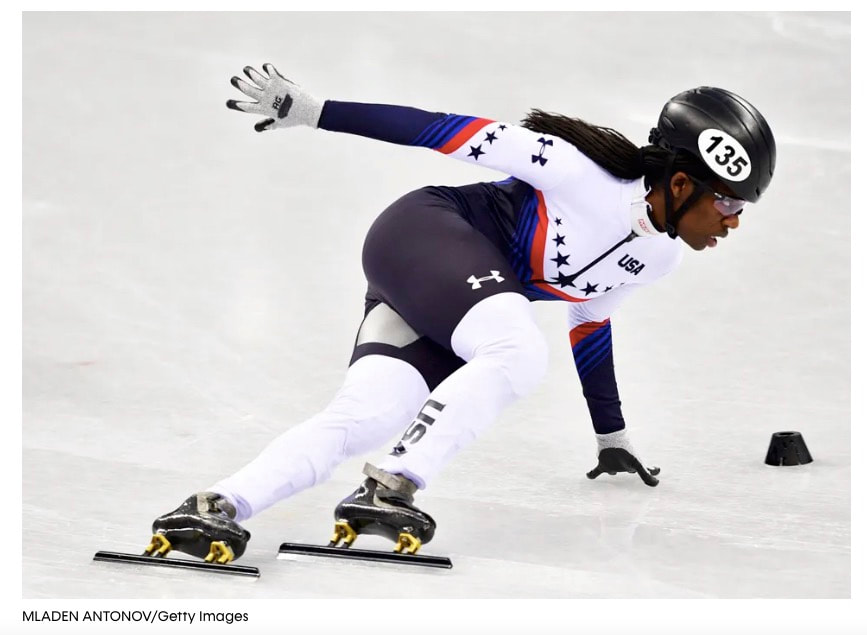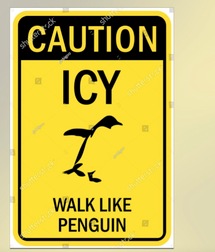|
US Olympic Speed-skater Maame Biney courtesy of Getty Images Center of mass over the base of support is how one keeps balanced regardless of the activity. Standing from sitting or as history making Maame Biney demonstrates doing something high level where the base of support might even be the mobile segment or where use of external forces is necessary too. Center of mass is a point at roughly about the belly button which can change based on height and/or movement in any direction. Sometimes people will ask about how to improve their balance and usually with some surface specific idea in mind: “How do I improve my balance so I’m not worried about falling on ice”? A great question and a reasonable concern at any age, though younger, athletic people don't fear the fall, or really the landing, as much as older folks do. Ice is a challenge because of the low friction coefficient which makes all the other skill building from balance training, mute. But there are some things you can do to help yourself. Here are my key points:
But, because you might fall - consider a better way to do it:
Next time -how to shovel properly. Leave a comment if you'd like to read about other topics too! here to edit. Comments are closed.
|
Author:
|
Proudly powered by Weebly



 RSS Feed
RSS Feed